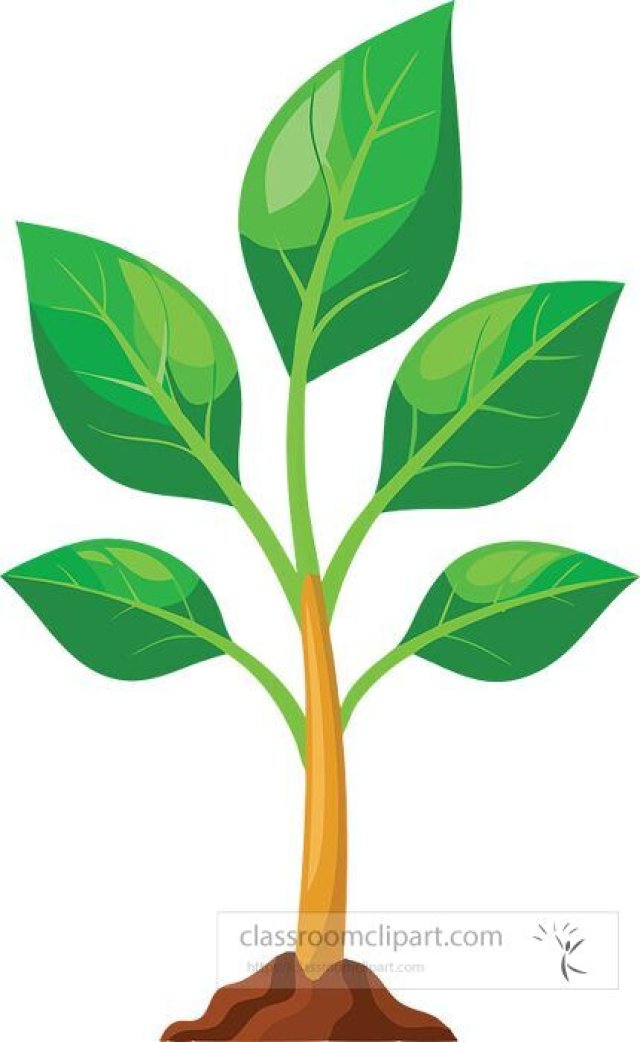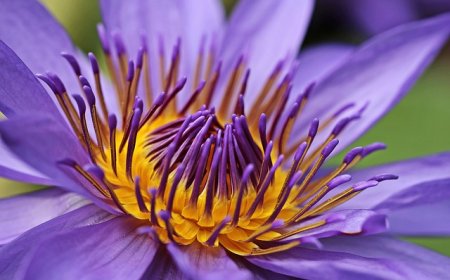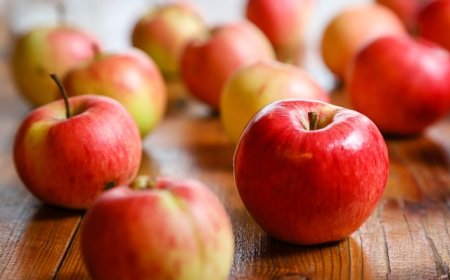Parts of Plants for Students – Roots, Stems, Leaves, and Beyond
Learn all about the parts of a plant—roots, stems, leaves, flowers, and more. Discover how each part works together to help the plant grow and survive.

🌱 Parts of Plants: Understanding the Structure of Green Life
🌿 Introduction
Plants are living organisms that play a huge role in life on Earth. They produce oxygen, provide food, and help clean the air. But have you ever wondered what plants are made of and how their different parts help them grow, survive, and reproduce?
Like people have arms, legs, and organs that work together, plants also have special parts with unique jobs. In this article, you’ll explore the main parts of a plant—roots, stems, leaves, flowers, fruits, and seeds—and how they work together to keep plants alive.
🌱 Major Parts of a Plant and Their Functions
1. Roots – The Anchor and Absorber
Roots are the part of the plant that grows underground. Their main jobs are to:
- Anchor the plant in the soil so it doesn’t fall over
- Absorb water and nutrients from the soil
- Store extra food made by the plant
There are different types of roots:
- Taproots (like carrots and dandelions) grow deep into the ground
- Fibrous roots (like grass) spread out in many thin strands near the surface
Roots are like straws that suck up water and minerals so the plant can grow healthy and strong.
2. Stems – The Plant’s Highway
The stem holds up the plant and acts like a highway, carrying water, nutrients, and food between the roots and the rest of the plant. It also gives support to leaves, flowers, and fruit.
Functions of the stem:
- Transport water from roots to leaves
- Carry food made in the leaves to other parts of the plant
- Support the plant’s structure
Some stems are soft and green (like in flowers), while others are hard and woody (like tree trunks).
3. Leaves – The Food Factories
Leaves are where the plant makes its own food through a process called photosynthesis. Leaves take in sunlight, carbon dioxide (CO₂), and water and use them to create glucose (a type of sugar) and oxygen.
Main functions:
- Photosynthesis – turning sunlight into food
- Gas exchange – taking in CO₂ and releasing oxygen
- Transpiration – releasing water vapor to cool the plant
Leaves come in all shapes and sizes, but most are flat to catch as much sunlight as possible. Tiny openings called stomata allow gases and water to move in and out.
4. Flowers – The Reproductive Centers
Flowers are the most colorful and fragrant part of many plants. But they do more than just look pretty—they’re also the plant’s reproductive organs.
Flowers:
- Attract pollinators like bees, butterflies, and birds
- Produce pollen (male cells) and ovules (female cells)
- Help in fertilization and seed creation
The main parts of a flower include:
- Petals – attract pollinators
- Stamens – the male part, contains pollen
- Pistil – the female part, where seeds begin to form
5. Fruits – Protecting the Seeds
Once a flower is pollinated and fertilized, it often develops into a fruit. Fruits protect the seeds inside and help them spread to new places.
Examples:
- Apples, oranges, and berries are fruits we eat
- Some fruits, like dandelions, use the wind to spread seeds
- Others, like burrs, stick to animals for travel
Fruits are important for seed dispersal, which helps plants grow in new areas.
6. Seeds – The Beginning of New Life
Seeds are small but powerful! Each seed contains everything needed to grow a new plant: a baby plant (embryo), food storage (endosperm), and a protective outer shell (seed coat).
Seeds need water, warmth, and oxygen to sprout, or germinate. Once conditions are right, the seed opens up, and a tiny root and shoot begin to grow.
Seeds can travel in many ways:
- By wind (like maple seeds)
- By water (like coconut seeds)
- By animals (eating or carrying them)
🧠 Vocabulary Words
| Word | Definition |
|---|---|
| Photosynthesis | The process by which plants make food from sunlight |
| Transpiration | The release of water vapor from leaves |
| Pollination | The transfer of pollen from one flower to another |
| Stomata | Small openings on leaves that allow gas exchange |
| Taproot | A deep, thick root that stores food |
| Fibrous root | A shallow, spreading root system |
| Germination | The process when a seed begins to grow |
🧪 Classification and Scientific Background
Plants belong to the kingdom Plantae and are mostly autotrophs, meaning they make their own food. Most plants are vascular, which means they have special tissues (called xylem and phloem) to transport water and nutrients.
Plants are classified into many groups, such as:
- Flowering plants (angiosperms) – produce flowers and fruits
- Non-flowering plants (like ferns or mosses) – reproduce with spores
- Trees, shrubs, grasses, and herbs – based on their growth and structure
Learning the parts of a plant helps scientists, farmers, and gardeners understand how plants grow and how to take care of them.
🖍️ Kid-Friendly Summary
Plants have six main parts: roots, stems, leaves, flowers, fruits, and seeds. Each part has a special job:
- Roots hold the plant in place and take in water and nutrients.
- Stems move water and food around and hold the plant up.
- Leaves make food using sunlight in a process called photosynthesis.
- Flowers help plants make seeds.
- Fruits protect and carry the seeds.
- Seeds grow into new plants when they find the right conditions.
Plants are amazing living things that keep our planet green and full of life!
🌟 Interesting Facts About Plant Parts
- Bamboo is one of the fastest-growing stems in the world—it can grow over 3 feet in a day!
- The largest seed in the world comes from the coco de mer palm and can weigh up to 40 pounds.
- Some plants, like potatoes, grow food-storing stems called tubers underground.
- Cacti have adapted leaves that are sharp spines to protect them and reduce water loss.
- The smell and color of flowers are designed to attract specific pollinators—some even smell like rotting meat to attract flies!
📘 Key Takeaways
- Plants have six basic parts: roots, stems, leaves, flowers, fruits, and seeds.
- Each part has a special job that helps the plant grow and survive.
- Photosynthesis in the leaves allows plants to make their own food.
- Flowers lead to fruits and seeds, which are needed for reproduction.
- Knowing how plant parts work helps us take better care of nature and our food sources.
🎯 Interactive Quiz
1. What part of the plant absorbs water and nutrients from the soil?
A) Leaves
B) Stems
C) Roots
D) Flowers
2. What is the main job of the leaves?
A) To grow seeds
B) To trap animals
C) To make food
D) To carry water
3. What happens during pollination?
A) Roots take in water
B) Seeds grow into plants
C) Pollen moves from one flower to another
D) Leaves fall off
4. Which part of the plant turns into a fruit?
A) Root
B) Stem
C) Leaf
D) Flower
5. What are stomata used for?
A) Making fruit
B) Attracting bees
C) Letting gases in and out of leaves
D) Growing seeds



















































